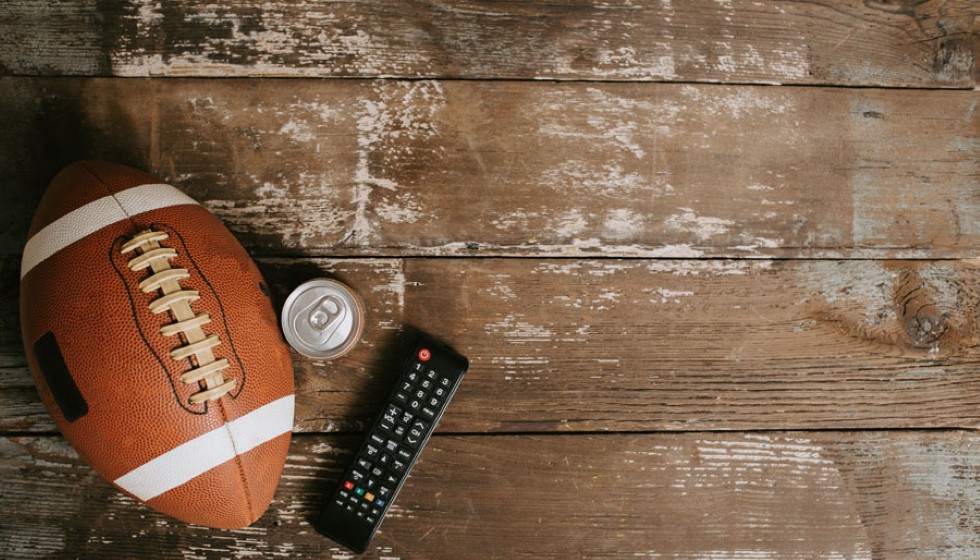
NFL Begins Bidding Process for Post-2027 Uniform Deal: Key Players and Considerations
In a landscape where brand visibility and financial partnerships are as prized as the skills on the field, the National Football League (NFL) enters a significant phase in its commercial operations — the search for its next uniform manufacturer. With its current deal with Nike set to conclude in 2027, the league has announced the official commencement of the bidding process for a new apparel partnership, marking a crucial period for both the NFL and potential bidding brands.
Nike's association with the NFL dates back to 2012, when it supplanted Reebok as the league's uniform supplier. At the time, this shift marked a pivotal transition in sports apparel, aligning the league with a brand synonymous with cutting-edge design and widespread consumer appeal. This lucrative partnership will have spanned 15 years by the time it draws to a close, solidifying Nike's place as a key player in professional football attire.
The nature of the NFL's apparel deals goes beyond fabric and stitching; it is a dance of branding strategy and significant monetary exchanges. The league's decision will not only influence its commercial trajectory but also resonate deeply within the realms of sports culture and fan engagement. The "open and active" bidding process underlines the importance and the vast potential for financial reward that lies within this partnership. Historically, NFL teams engaged with various apparel brands such as Adidas, Logo, Puma, and Starter on an individual basis, until Nike’s league-wide dominance provided a unified aesthetic while supporting the league’s branding and marketing efforts.
One of the benefits of Nike's current contract has been the flexibility it offers in terms of design innovation, notably allowing for the integration of up to three distinct helmet styles. This has provided teams with a chance to broaden their visual identity and appeal to different segments of their fan bases while complying with increased safety standards.
Recently, teams like the Denver Broncos and Houston Texans have embarked on significant uniform redesigns, embracing contemporary styles that reflect their evolving brands and team cultures. Such changes are emblematic of the dynamic interaction between sports teams, their apparel partners, and the fans who don these jerseys as tokens of allegiance.
The outcome of this bidding process will not only shape the visual aspects of the sport but also have ramifications for business strategies and the economics of fan interaction. As the league weighs its options, it is clear that the decision will play a critical role in defining the NFL's commercial and cultural fabric in the years to come.
As the process unfolds, the industry will keenly observe which brands will emerge as potential successors to Nike's throne. With the stakes running high, the next chapter in NFL apparel promises to be a compelling story, intertwining legacy, innovation, and the enduring love of the game across its vast expanse of followers.